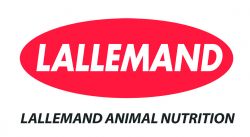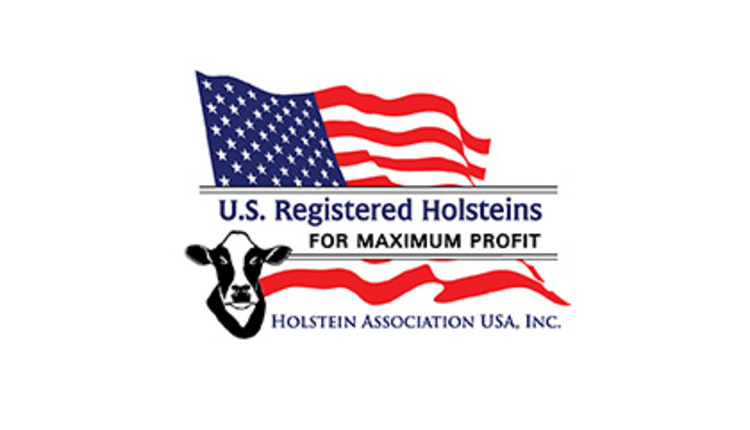
This year’s corn crop has already seen its share of weather events, and the effects of weather damage can last throughout silage feeding, warns Renato Schmidt, Ph.D., Forage Products Specialist, Lallemand Animal Nutrition.
“Producers that have experienced weather events like flooding, rain or hail — or even extensive damage from pests or disease — should be on the lookout for the next challenge: mold growth,” Dr. Schmidt says. “By the time visible mold growth is present, much of the digestible nutrients in the crop have been used up by yeasts, which grow first, causing heating. In the worst-case scenario, the mold that grows may produce mycotoxins, which can bring down production, affect herd health and fertility and even be a food safety hazard.”
Mycotoxins are produced by specific molds and can cause serious problems in cattle ranging from reduced feed intake to a suppressed immune response. It’s virtually impossible to completely avoid mycotoxin exposure, as the toxins can be produced both in the field on the growing crop and during storage. In high-risk situations, when the crop has been damaged or stressed, the potential for mold infestation increases significantly.
“While we can’t control what comes in from the field, we still need to focus on decreasing, or eliminating, mold growth during silage production,” Dr. Schmidt recommends.
To help minimize mold spoilage in the silage, producers should use proven silage inoculants as part of a good overall management program. For example, silage inoculated with Lactobacillus buchneri 40788 will be more resistant to heating and spoilage as this organism reduces the growth of yeasts, the initiators of spoilage. L. buchneri 40788 applied at 400,000 CFU per gram of silage or 600,000 CFU per gram of high-moisture corn (HMC), has been uniquely reviewed by the FDA and allowed to claim improved aerobic stability.
In the ensiling structure, mycotoxins tend to occur in hot spots. Additional mold growth and toxin production can occur where there is air (oxygen) present. This is typically in poorly sealed surface layers and corners/shoulders of ensiled forages, or in patches in the silage where pockets of air were trapped and packing was inadequate.
“If visibly moldy silage is identified, discard it,” Dr. Schmidt advises. “Feeding even small amounts of spoiled silage into a ration has been shown to reduce dry matter intake and NDF digestibility of the whole ration.1 While it may feel like an economic hit, you’re risking more in terms of lost production, herd health and reproduction if you choose to feed spoiled silage.”
Lallemand Animal Nutrition is committed to optimizing animal performance and well-being with specific natural microbial product and service solutions. Using sound science, proven results and knowledge, Lallemand Animal Nutrition develops, produces and markets high value yeast and bacteria products ─ including probiotics, silage inoculants and yeast derivatives. Lallemand offers a higher level of expertise, leadership and industry commitment with long-term and profitable solutions to move our partners Forward. Lallemand Animal Nutrition is Specific for your success. For more information, please visit www.lallemandanimalnutrition.com.
1 Whitlock LA, Wistuba T, Siefers MK, Pope RV, Brent BE, Bolsen KK. Effect of level of surface-spoiled silage on the nutritive value of corn silage-based rations. Cattlemen’s Day 2000. Accessed May 21, 2015. Available at: http://krex.k-state.edu/dspace/bitstream/handle/2097/4652/cattle00pg22-24.pdf?sequence=1.


